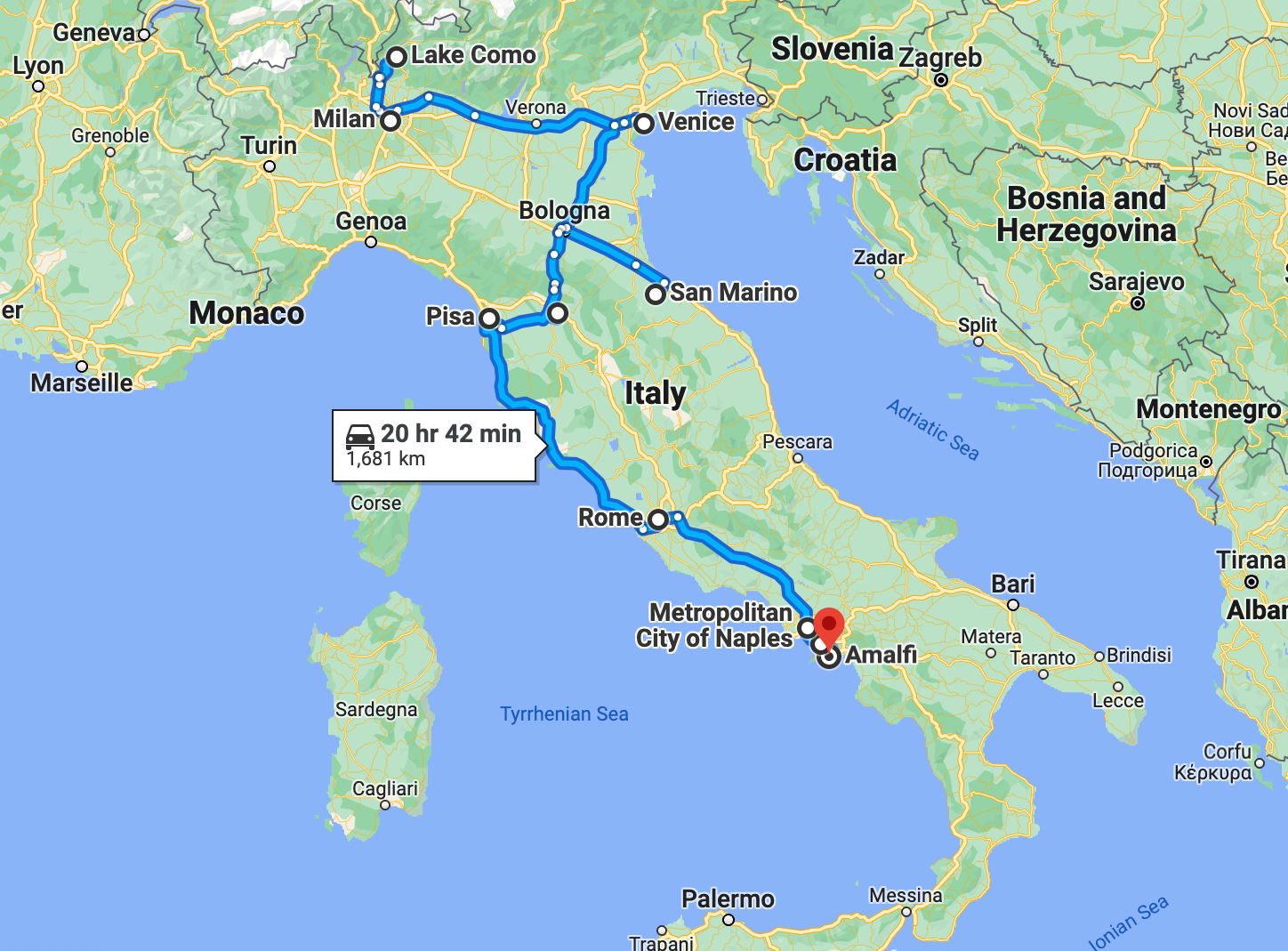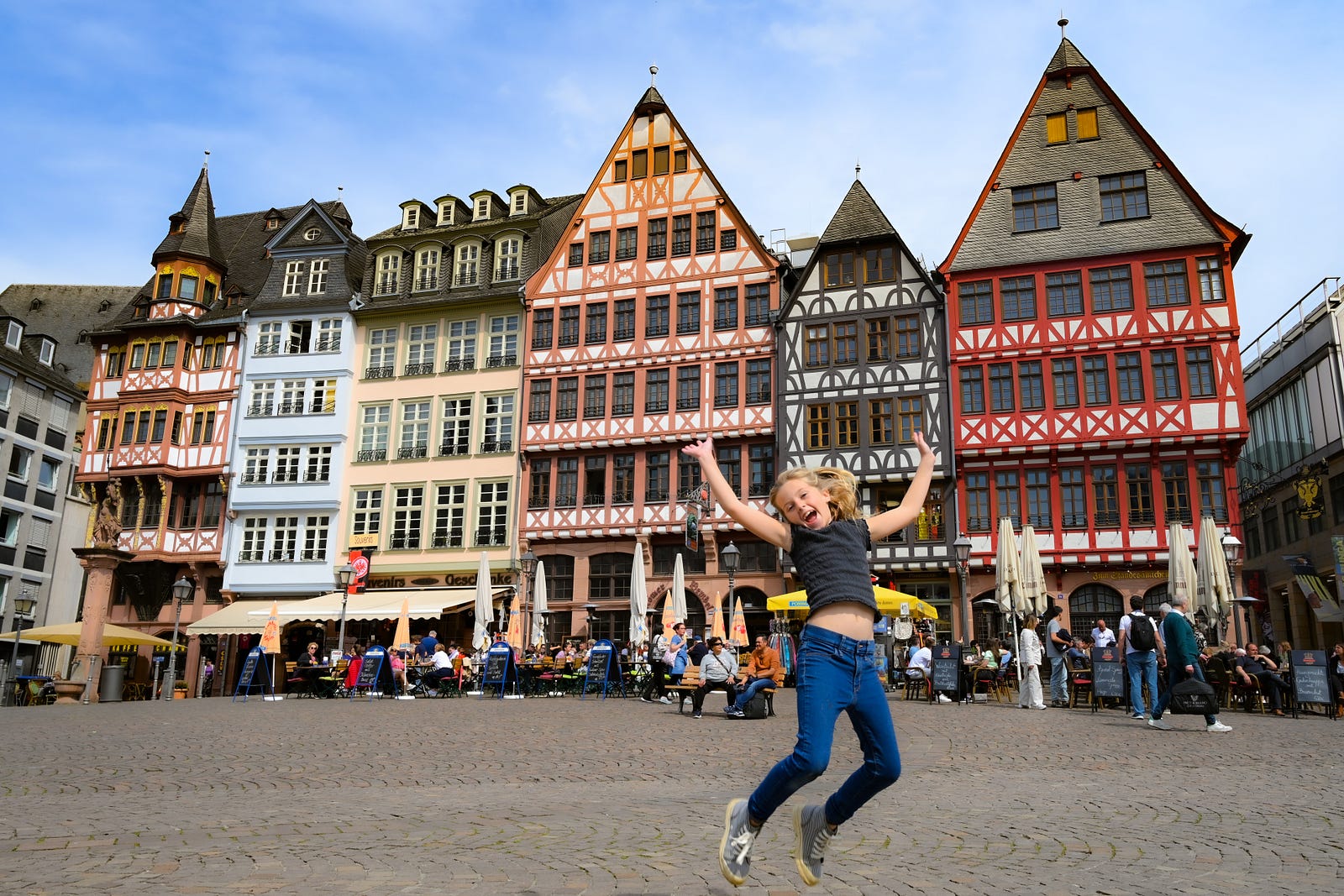by Janelle Schroy
Family travel can, and should, be highly educational. Here’s how to plan it well so you can all enjoy learning together.
Rome. London. Paris. Athens. Jerusalem. Istanbul. Patagonia. Amazon Rainforest. Australian Outback. French Countryside. Scottish Highlands.

Salivating yet?
These aren’t just dream destinations, these are also places that present incredible educational opportunities for children.
While you might be imagining that your long-awaited vacation time should be filled with blissful sun-bathing, cocktail consuming, and reading a thick novel, the reality with kids is that it is rarely anything like that.
Save all that for AFTER the kids are grown and gone. For now, let vacations be filled with exploration and adventure. It’s time to learn together, and have alot of fun doing it!
Kids are insatiably curious. What if, instead of going to the same summer home or time share you ALWAYS go to, you try this instead:
Each year, pick a dream experience you’d like to share with your family and plan an epic vacation around it. Fill your family moments with excitement and learning (rest later!)

STEP ONE: Make a “Dream Experiences” List
Set aside all of the “we couldn’t” and “it’s impossible” and “no way in a million years” and just DREAM.
If money and time were no barrier, what experiences around the world would you want to have with your kids?
My current Dream Experiences List looks like this.
- Tuscany, Italy — At harvest time (September — October)
- Spain — Barcelona, Madrid, Valencia, Malaga, Seville in winter (November — December)
- Ancient Egypt — Cairo, Giza, Alexandria, Luxor in cooler months (December -February)
- Chinese villages — Lantern festival and villages (February)
- Japanese countryside— Spring cherry blossom festival (March — April)
- Australia — Outback, Sydney, Melbourne, small towns (March — May)
- Brazil — Amazon Rainforest in dry season (July — December)
- Alaska—Skiing, dog-sledding, sleigh rides in winter (January — April)
- Iceland — Ice Activities, Hiking & Northern Lights (March)
- Paris — For food, culture, and fashion (July — August)
Side note: my list is actually about 80 experiences long, but I’ve pulled a few to give you an idea of just how fun this brainstorming process can be!


STEP TWO: Research
If you thought that was fun, try this! Pick ONE destination from your list and start researching all the exciting experiences you could have with your kids while there. One idea leads to another and you’ll be surprised what experiences end up floating to the top of your list!

Tips for researching a destination / experience:
- Don’t be overwhelmed. Have fun with it!
- Open a Google Doc, Google Keep, Evernote or other handy note-taking tool and add everything you find relevant to that destination including key places and experiences, links, blogs, itineraries, and photos.
- Think about the experiences you want to have with your precious children. What do you want your kids to do / know / learn / see while in that place? Write it down. Make THOSE the goal.
- Look at timing. What time of year do those experiences happen? Ex: It’s a very different experience to see Holland during the nation wide tulip festival than during other times of the year!
- Open Google Maps or other online directional tool, and map out the places you’d like to go (big picture) to get a feel for the distances between your key locations of interest.
- Use a tool like Google Flights or other aggregate flights site to get a feel for about how much tickets would cost to get you from here to there. Also explore other options. Can you drive there, take a boat or a ferry?
- Have a look at general accommodation costs. Do you enjoy hotels, resorts, or Airbnbs? Look at a few options and compare / contrast costs in that area to get a min / max idea for what lodging would cost.



STEP THREE: Planning
Again, hold objections and obstacles at bay and just imagine that money and time off of school / work / activities were NO issue. Now plan your dream experiences trip!
Only in this imaginary dream trip planning process will you get a real sense for the budget and how much it would cost. From there, you can put a date on the calendar and begin to save.
Why? It is important to narrow down a time of the year, as that drastically changes prices for almost everything.

- ARRIVAL TRANSPORTATION: Approximate cost to get there?
- EXPERIENCES: Approximate cost for tickets, entry fees, guides?
- ACCOMMODATION: Approximate cost for your family to stay in reasonable lodging. Example: We always shoot for about $100 / night for our family of six, which gets us some pretty darn good lodging in most countries in the world —and typically we book with Marriott or Airbnb.
- IN COUNTRY TRANSPORTATION: Trains, planes, car rentals, ferries, busses, taxis, or boats. This is a tricky one to estimate sometimes, but getting a general sense of how much per person will help easy your mind in the budgeting process.
- FOOD: This may or may not make it into your budget, as you have to eat wherever you are (at home or traveling) and you can simply match what you spend at home, with what your budget is while traveling. This rule of thumb saves us a lot of headache in not having to over budget for food!


STEP FOUR: Set a Date
Now you’ve got a number to shoot for and you can realistically set a date on the calendar for when you want to book your travel (which may or may not be close to the actual trip date!
Tips for saving for travel:
- Don’t go into debt for your trip. Rather save ahead of time and pay for it all up front. That way, when you get home from your awesome adventure, you can begin planning the next one!
- Paint the picture passionately to your family, describing what it would be like and make sure everyone is on board with the idea.
- If kids are up for it, involve the whole family in making thoughtful decisions about what to spend / not spend on life in the next weeks / months so that money can be re-allocated toward your trip savings. Kids can get pretty budget aware when they have a clear understanding of what a trip would entail and how awesome it would be.
- Keep a saving chart in a visible place in your home and mark milestones as you save money toward your trip. Make it a family celebration!


